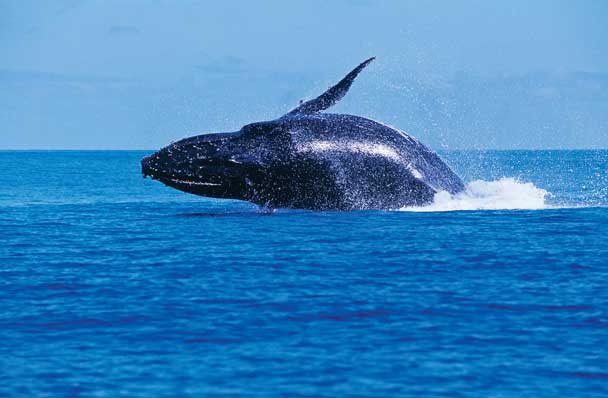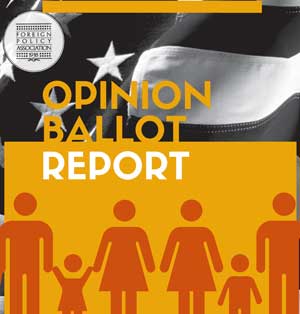High Seas Treaty
Great Decisions 2024 | Topic 7

Areas of the seas beyond national jurisdiction comprise the high seas, which are facing a degradation of ecosystems due to climate change and the increase in human activities, such as shipping, overfishing, pollution, and deep-sea mining. The recently negotiated High Seas Treaty, also known as the Biodiversity Beyond National Jurisdiction treaty, will attempt to address these issues. How difficult will it be to convince nations to participate?
Download physical opinion ballots.
Latest News
Related Organizations
Recommended Readings
-
Cod: A Biography of the Fish that Changed the World
An unexpected, energetic look at world history on sea and land from the bestselling author of Salt and The Basque History of the WorldCod, Mark Kurlansky’s third work of nonfiction and winner of the 1999 James Beard Award, is the biography of a single species of fish, but it may as well be a world history with this humble fish as its recurring main character. Cod, it turns out, is the reason Europeans set sail across the Atlantic, and it is the only reason they could. What did the Vikings eat in icy Greenland and on the five expeditions to America recorded in the Icelandic sagas? Cod, frozen and dried in the frosty air, then broken into pieces and eaten like hardtack. What was the staple of the medieval diet? Cod again, sold salted by the Basques, an enigmatic people with a mysterious, unlimited supply of cod. As we make our way through the centuries of cod history, we also find a delicious legacy of recipes, and the tragic story of environmental failure, of depleted fishing stocks where once their numbers were legendary. In this lovely, thoughtful history, Mark Kurlansky ponders the question: Is the fish that changed the world forever changed by the world's folly? -
The Inside Story of the U.N. High Seas Treaty
A new global agreement protects marine life in parts of the ocean that laws have been unable to reach.
-
The High Seas Treaty Is an Extraordinary Diplomatic Achievement
Although barely known to the public, the agreement—colloquially known as the BBNJ treaty, because it addresses biodiversity beyond national jurisdiction—is the culmination of nearly twenty years of diplomacy. When formally ratified by UN member governments, it will create a comprehensive framework to conserve and sustainably manage marine species and ecosystems over a vast expanse that encompasses 43 percent of the surface of the earth and the entire water column below, accounting for 90 percent of the ocean’s volume and biomass. Given the environmental stakes involved, the complexity of securing global agreement at a time of deepening East-West geopolitical rivalry, and the growing North-South frictions on climate and development issues, the treaty is an extraordinary diplomatic achievement.
-
Ten Things You Should Know About the High Seas Treaty
A new global agreement provides a pathway for improved governance, conservation and sustainable use of biodiversity in the high seas
-
What we know about the new High Seas Treaty
The new ‘High Seas Treaty’ adopted by the United Nations on June 19, 2023, leaves a lot open to question but does establish several historic benchmarks for protecting the high seas, setting the stage for further scientific exploration and paving the way for more effective marine conservation. This Comment describes what we know and do not know about the Treaty at this point. We know that the Treaty is about resources, equity, conservation, and diversity. What we are lacking are more specifics about how the Treaty would be implemented in practice. Such specifics are passed on to future working groups and a Conference of Parties.
-
-
Great Decisions 2024 cover image.







